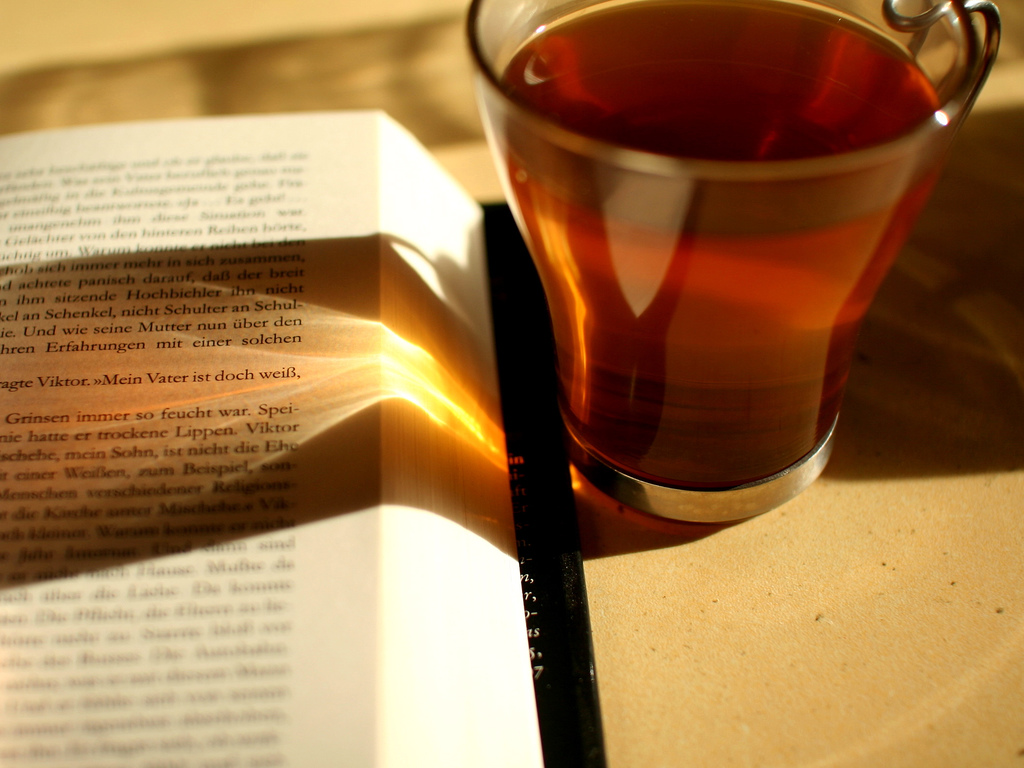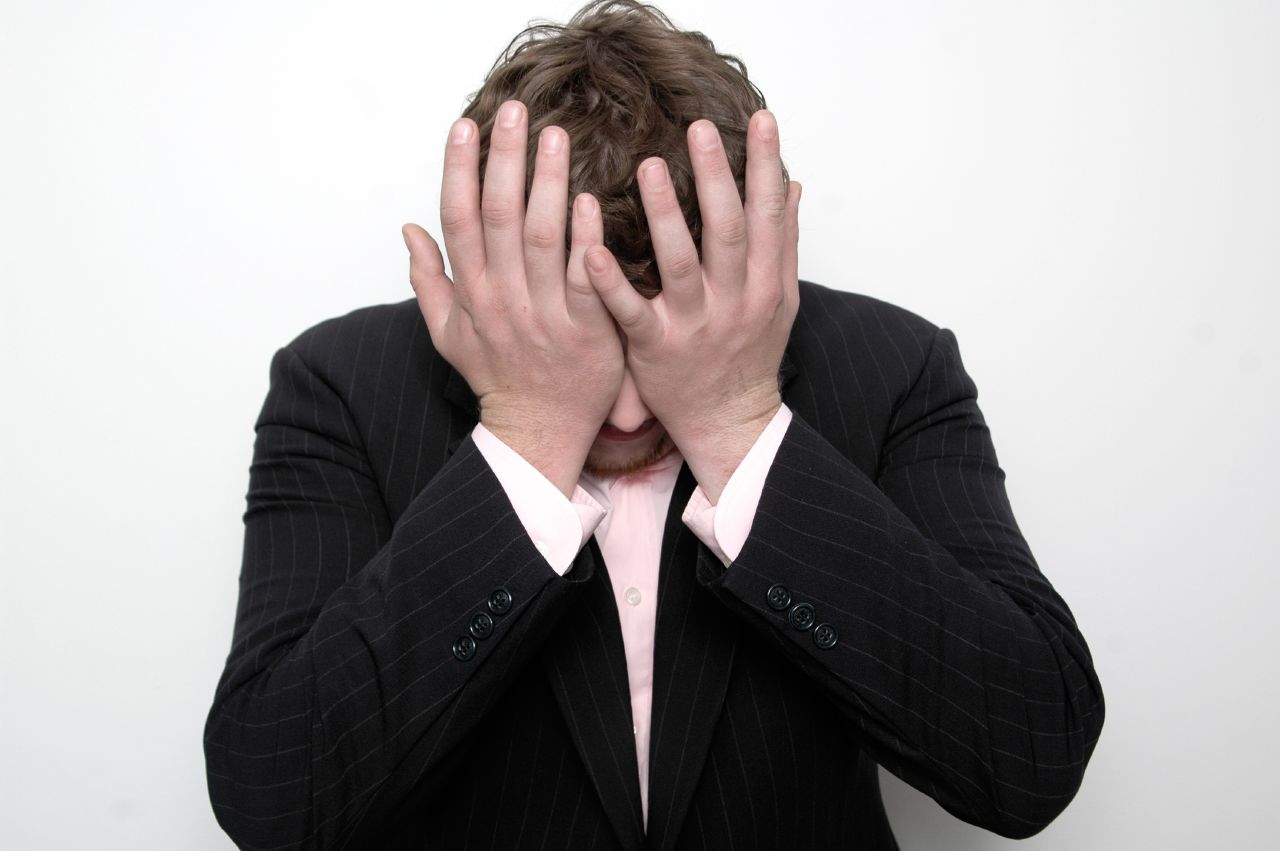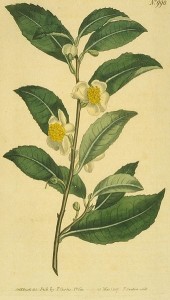In the previous part of this series, I ranted about the kinds of terrible information told under the guise of false expertise (whether because of ignorance or outright lies) by tea shops. In this part, I’ll talk about two things. The first topic will be some points about education in general. The second will be things that you can do as a consumer to tease out some clues as to the quality of the tea information you might get from a particular shop or a particular employee.
I was fully intending to have a third section in this post with some tips for tea businesses about both behaviors and mindsets that could keep you moving in the direction of greater accuracy in what they tell to your customers, but this post is already too long. So I’ll have to put the industry information in a Part 3 of this post in about a week. Stay tuned!

EDUCATION: Â Bloom’s Taxonomy
Before we get into how to tell if your tea shop sales representative knows something about tea, we should probably look a little bit at what “know about†might mean. There is a classification system of learning objectives that is widely used in the field of education, known as “Bloom’s taxonomy.†There are several variations on this (and not some little controversy), but it will do for our purposes. It basically says that there are different levels of learning in the cognitive realm, and the lower levels build up to the higher levels. The first 3 levels are:
- Knowledge: being able to remember specifics and facts.
- Comprehension: being able to understand facts enough to interpret or extrapolate, to compare and contrast
- Application: To be able to use knowledge in novel ways or to solve problems not yet encountered
At this point, things get a little broader–some say the rest still build in a linear way, others that once the first three are covered, the others can progress independently. But they are:
- Analysis: Being able to break an idea/theory/facts into constituent parts, or infer new facts, or connect evidence to different ideas
- Synthesis: Being able to take constituent parts and recombining to create something new, or derive abstractions from the specifics
- Evaluation: Being able to judge validity, quality of a position or idea, or apply criteria as a way of judging possibilities
Essentially, you have to have at least the first three to do any of the last three. It’s hard to analyze something when you can’t comprehend it.
Let’s then bring this back to tea. In general, the more of these “objectives†that someone can do with tea, the more likely they have actual expertise rather than just a semi-mindless retail job. The typical retail employee (in the tea industry or elsewhere) doesn’t get much further than knowledge. The better ones get to comprehension. But it’s rare to get anyone that achieves a level of understanding of their product that includes application, analysis, synthesis, or evaluation.
Which is why, as a person interested in tea, you shouldn’t put much stock in what the typical tea shop employee says to you about tea. But there are tea shops that are the exception, and individual employees that rise above the mediocrity of their brethren. The next section will give you some ways to tell if you’re talking to one of the exceptions, or someone that’s merely an employee. Finally, there will be a section for tea shops who want to evaluate themselves and/or improve the level of the tea information they provide.
CUSTOMER QUESTIONS
If you really want to be able to trust that you’re getting good information from the shops you visit, you will need to do a little research. In some ways, this is a little bit of a catch-22 because to know for sure you’re getting bad information you need to already know the right answer. However, the following techniques should help you get hints as to the quality of information without already knowing it.
First, go in with Bloom’s taxonomy in mind. Ask some questions at the knowledge level about some of their teas: is this tea a blend or from a single farm? where was it made? As my previous post made clear, this are often answered incorrectly but stated with confidence, so if you know a few things about tea, try to focus on those. For example, if you know that Dragonwell is a green tea from China, maybe choose that one to ask about. Or if you know that Earl Grey is always flavored with oil of bergamot (or an artificial bergamot flavor), ask about their Earl Grey. If you find someone that has difficulty coming up with an answer, you’re probably not talking to an expert.
Next, go for comprehension: How is that different from this one? or I’m not sure I understand–can you explain it another way? (If they don’t fully comprehend the information, they typically will not be able to take a new approach to explaining something.)
Many times, just a few questions can reveal if someone knows their stuff or not. But if you feel comfortable, continue to ask more complex questions to see if they can apply the knowledge, analyze, synthesize, or evaluate the knowledge. Try to see where they stand on the scale of learning. Â An “I don’t know” is not bad because it’s honest. Â But an “I don’t know, but let me find out” is better.
If that’s not your cup of tea, a second approach is the “trust-but-verify†technique: just ask the first level questions. But think of the answers as provisional. Then see if you can verify the information. It’s pretty easy to find out if “Oolong†is really the name of a province in China or not. Search on the name of the tea and find out if the tea name is indeed associated with the place you were told.
Also keep in mind that the scientific method works in reverse, in a sense. If you’re to be scientific about this, rather than trying to confirm what you were told, it’s better to try and disprove what you were told. Look for conflicting information. And if you find conflicts, ask which source is more likely to have first-hand experience or laboratory data or whatever to back up their claim. Heck, if you really want to be careful, specifically ask them to back up their claim. They should be able to supply citations, references, etc. (Is it really organic? Can you show me the certification papers? If not, how do you know it’s organic?)
Example: Â This is the approach I took with the “mao feng” answer mentioned in the previous post. Â I initially thought the guy was crazy, but I don’t know the name of every town and region in China, and there are many Chinese characters that could be pronounced “mao” and many others pronounced “feng”. Â So I did searches on both the term “mao feng tea” (and “maofeng tea”) and looked for results that would indicate a place, and I also did geographical searches for Chinese place names. Â I was open to the idea that I might know less than the person in the store, but verified that there was a huge amount of information that confirmed what I thought was true, and absolutely no information that confirmed what he told me.
A third—and final, for purposes of this already rather long article—technique is to ask about their training program. The most likely answer you’ll get is a description of something informal–regular tea tastings and learning what the wholesaler says about the tea. But really, that’s not training, that’s just sampling the product and reading the package. A shop with that as their “training†produces experts in the same way that you’re an expert in breakfast cereals. You are as much of an expert as they are except perhaps that you’re not allowed to see some of the packaging that retailers receive. Which, really, is yet another problem–if they’re only more expert by withholding information.
The worst case scenario is a place where training ends–that is, it’s not ongoing. An answer like, “Oh, we all go through a 2-day training to learn about all our products†or something means they probably don’t know much. Think how much you learned in your last 2-day training. I’d bet it was insignificant next to what you’ve learned outside that training. Why should you settle for that from a tea shop?
A decent answer would generally have two parts:
1) A regular schedule, because this increases both the chances that they’ve regularly come into contact with new tea information (versus just repetition of the same stories), and the chances that they’ve developed a habit of continual learning
2) The training material should regularly include sources that aren’t connected with a product they carry. In other words, they’re not just parroting the sales pitch of their suppliers. Multiple independent sources are better than one source that has a vested interest in a particular story being told.
A fantastic answer might look something like–they do their own research, regularly travel to visit countries of origin to learn from the growers, or even that they have someone on staff whose job it is to verify and update the information the whole team shares. Essentially, one that shows initiative in seeking out answers to questions, as opposed to simply defending answers that someone has told them.
TL;DR
In short, the best way to tell if you’re in a tea shop that actually knows what they’re doing is to ask lots of questions, try to verify their answers (or find conflicting information), and to try to determine if they are also asking lots of questions about tea on a regular basis.
Image source:Â http://www.flickr.com/photos/marcobellucci/3534516458/





 Oh wait…this is the Tea Geek blog. You know, Tea Geek—where every class starts with the disclaimer about the right answer always being “it’s more complicated than that.”
Oh wait…this is the Tea Geek blog. You know, Tea Geek—where every class starts with the disclaimer about the right answer always being “it’s more complicated than that.”
